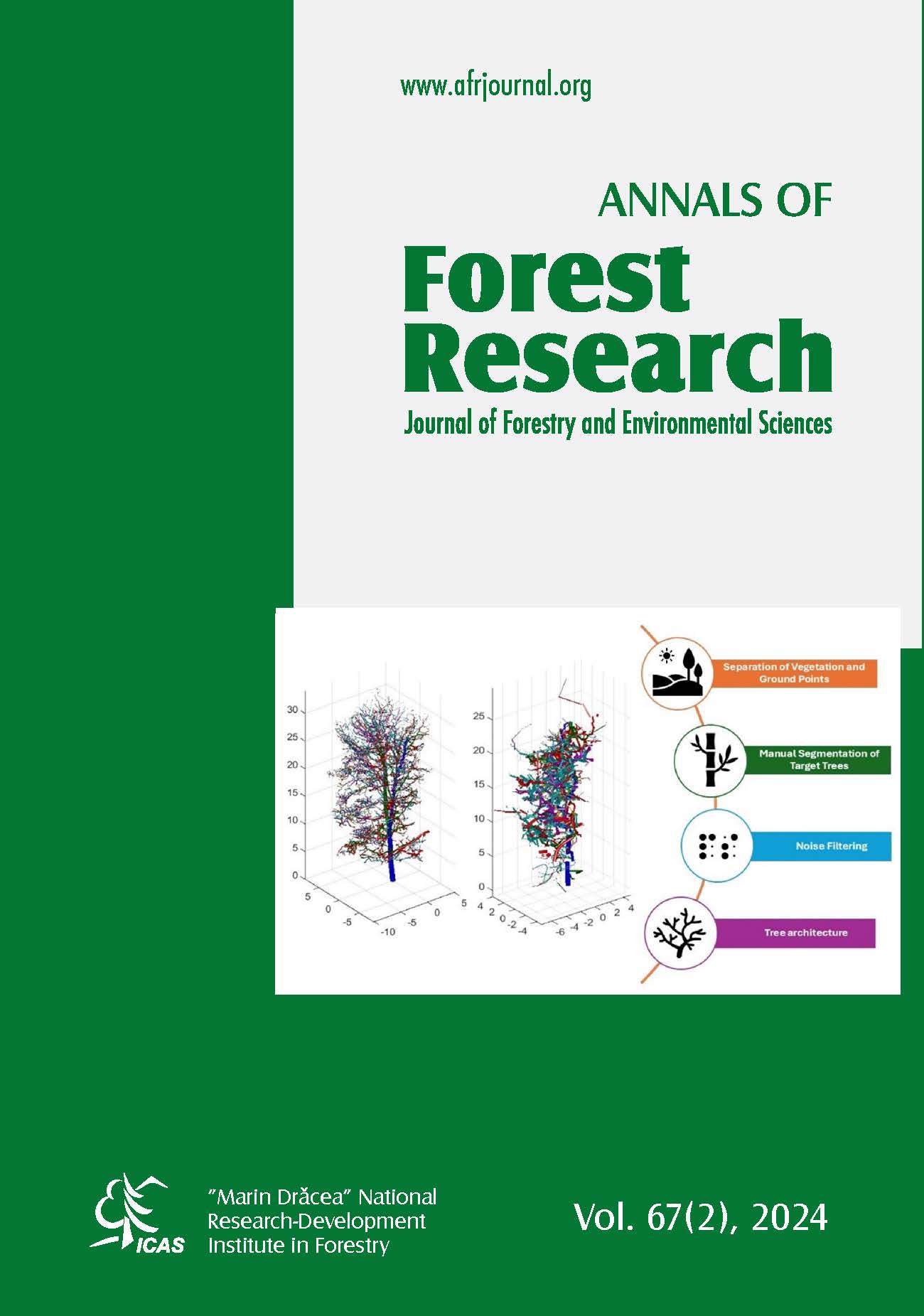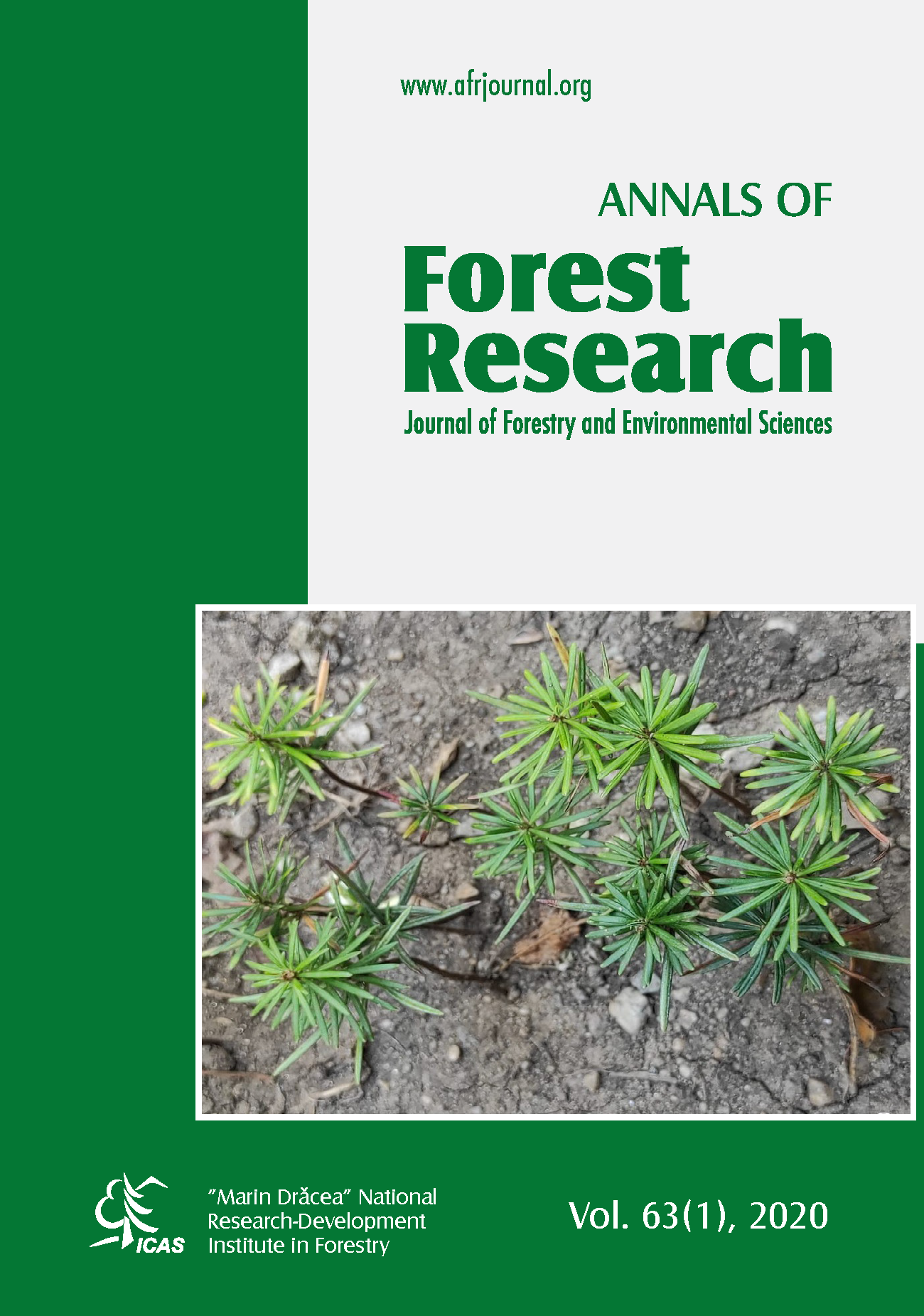Long-term persistence of butterfly diversity in a sustainably managed forest ecosystem
DOI:
https://doi.org/10.15287/afr.2024.3482Abstract
In recent decades, intensification in land use has led to severe losses of
biodiversity across major parts of the world. Studies from Central Europe revealed
severe decline of insect diversity across agro-environments, but to a lower extent
in forest ecosystems. Sedentary specialist species are suffering particularly, while
mobile generalist species are much less affected. Numerous species are also
disappearing from nature reserves. On the long run, biodiversity presumably can
only be maintained in ecosystems of sufficient size, but is lost in small and isolated
habitats. In order to test this assumption, we conducted butterfly counts over a
period of 20 years in a large, heterogeneous and sustainably used forest ecosystem
in southern Germany. We found no significant changes in diversity and abundance
over the two decades of study. However, our data revealed a significant shift in
species´ community structure over time, with the proportion of generalist species
increasing and the proportion of specialist species decreasing. These changes are
most likely due to changes in habitat structures. At the beginning of our study,
wind-blows resulting from the heavy storms in the late 1990s represented open
areas, but subsequently reforested in the wake of natural succession. Since these
temporary open habitats had attracted a particularly high number of specialised
species, the observed changes are probably due to these natural processes in a
forest ecosystem. In general, our results show that heterogeneous ecosystems
of large size may preserve a species-rich butterfly community in the long run.
Downloads
Additional Files
Published
Issue
Section
License
All the papers published in Annals of Forest Research are available under an open access policy (Gratis Gold Open Access Licence), which guaranty the free (of taxes) and unlimited access, for anyone, to entire content of the all published articles. The users are free to "read, copy, distribute, print, search or refers to the full text of these articles", as long they mention the source.
The other materials (texts, images, graphical elements presented on the Website) are protected by copyright.
The journal exerts a permanent quality check, based on an established protocol for publishing the manuscripts. The potential article to be published are evaluated (peer-review) by members of the Editorial Board or other collaborators with competences on the paper topics. The publishing of manuscript is free of charge, all the costs being supported by Forest Research and Management Institute.
More details about Open Access:
Wikipedia: http://en.wikipedia.org/wiki/Open_access






